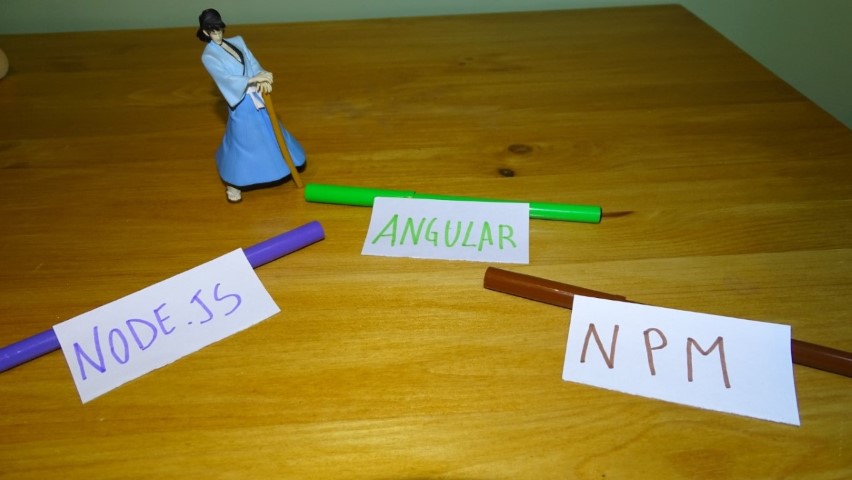Angular vs NPM vs Node.js: spot the difference!
Just a second! 🫷
If you are here, it means that you are a software developer. So, you know that storage, networking, and domain management have a cost .
If you want to support this blog, please ensure that you have disabled the adblocker for this site. I configured Google AdSense to show as few ADS as possible - I don't want to bother you with lots of ads, but I still need to add some to pay for the resources for my site.
Thank you for your understanding.
- Davide
There’s a lot of confusion about Node.js, NPM, and Angular. These 3 “entities” are often used together, especially for Angular applications, but they are not the same thing.
Let’s make it clear!

Node.js
Node.js is a server environment based on JavaScript. You can download it from the official site and run it on Windows, Linux, Mac, etc.
Node.js uses asynchronous programming: while a typical server handles one request per time (thus creating overhead while waiting for the request completion), Node.js accepts all the requests and handles them one by one in a manner that does not block other requests. This is obviously very efficient.
NPM
NPM is the package manager for Node.js packages. It contains thousands of free packages available to download; also, using the command line, it’s easy to download and update those packages.
NPM is commonly used with Node.js, so it is installed with the server environment.
The way to install a package is with the command npm install <package_name>.
Angular
Angular is a framework based on JavaScript that makes it easy to build applications for the web. Often you’ll see Angular applications written in Typescript, a modern class-oriented language based on JavaScript. The result is the same: Typescript is compiled into JavaScript, so they are interchangeable. Well, at least the latest versions of JS, because types and decorators are required in order to, respectively, use dependency injection and set metadata.
Being based on JavaScript - guess what? - it fits perfectly with Node.js. And of course, NPM, which allows you to download JavaScript packages to include in the project.
This article first appeared on Code4IT
Wrapping up
Now we know what Node.js, NPM, and Angular are, and how they fit together.
Node.js is just the server that handles the requests from the web page; these pages can call web APIs from whatever kind of server, and of course look up to data in any type of DB.


